Your Guide to Norway
Norway is one of the most beautiful and varied countries you will ever visit. With the midnight sun and Aurora Borealis (Northern Lights) in the North, striking blue seas in the South, viking ships in the cultural capital Oslo to the East and world famous turquoise fjords and snow-capped mountains in the West.

Norway offers visitors an incredible mix of cultural and natural wonders. There is no end to travelers' choices. Fjord Tours makes it easy to get around the country in a sustainable way. Our tours visit green valleys, forests, mountains, UNESCO fjords, national parks, and beautiful coastal landscapes. Our most popular tour is the Norway in a nutshell® tour.
Wherever you travel in Norway, you’re never far from mountains to climb and trails to explore. Short or long, along the coast, or in the mountains, unparalleled adventure awaits. And did you know that you are allowed to roam and pitch a tent almost anywhere?

What is Norway known for?
Fjords
Norway's fjords (pronounced f'yourd), of which there are over 1000, are natural wonders that just beg to be seen. Created by retreating glaciers from the last Ice Age, the landscape has been majestically sculpted over thousands of years.
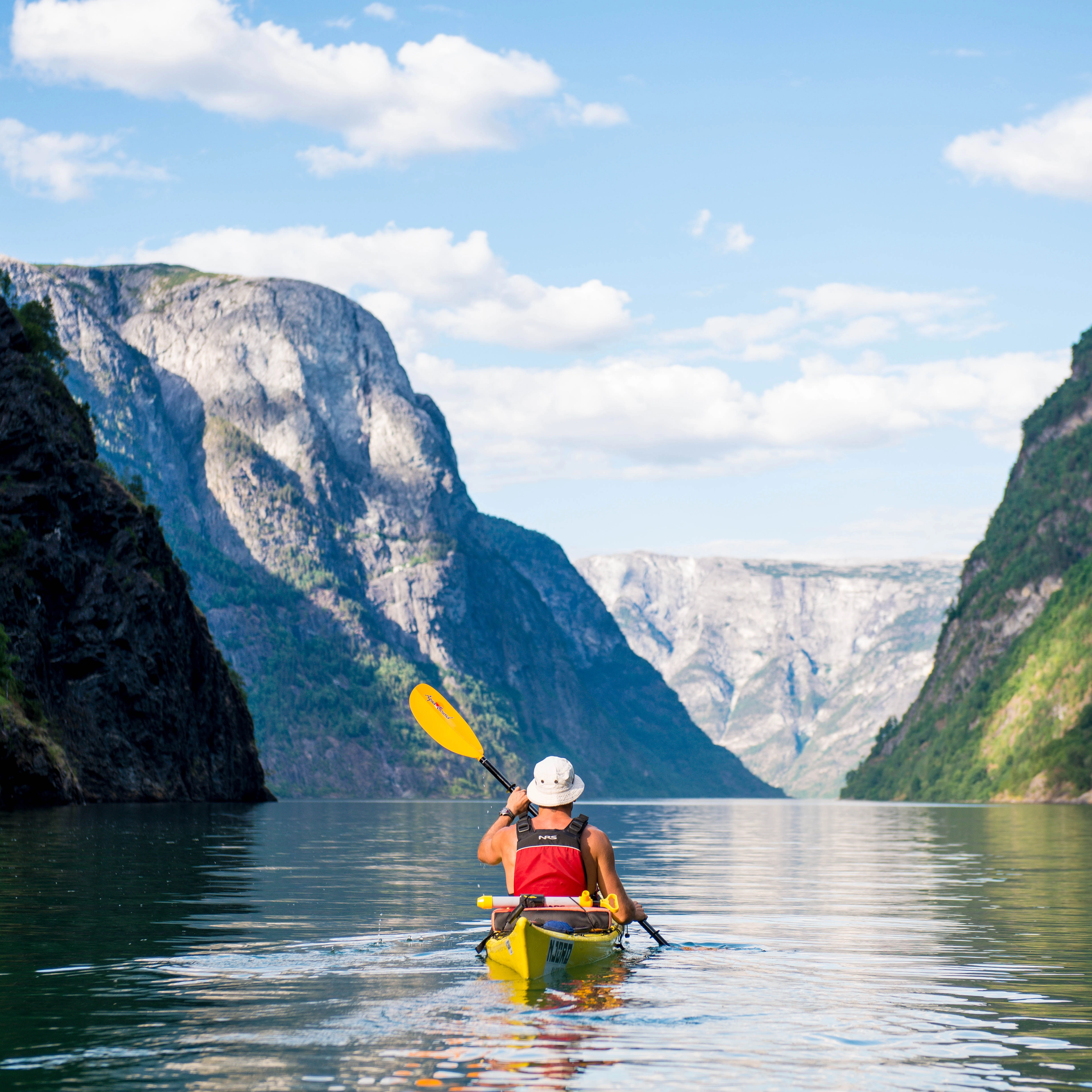
Sognefjord
Norway's largest and the world's second-largest fjord is Sognefjord. This popular tourist destination stretches 204 kilometers inland branching into smaller fjords and inlets along the way. At its widest, it is almost 5 kilometers across, and at its deepest is 1308 meters deep. Cliff walls around the edge soar as high as 1,307 meters.
The view is breathtaking and it is with good reason that Sognefjord appears on many a bucket list. Whilst exploring Sognefjord, you should treat yourself to a fjord cruise or express boat to really experience the scale of the cliffs and waterfalls up close. A spectacular 17-kilometer stretch is UNESCO protected Nærøyfjord, just 250 meters wide with cliff walls towering above. You can read more about the Sognefjord here.
Glaciers
Glaciers are a mass of snow and ice. They begin to form when snow remains in the same area year-round, where enough snow accumulates to transform into ice. Each year, new layers of snow bury and compress the previous layers which eventually turn to ice. In Norway, there are 1624 glaciers covering a total area of 2595 km2.

Jostedalsbreen and Nigaardsbreen
In the area surrounding Sognefjord you will find Norway, and Europe's, largest glacier: Jostedalsbreen. Jostedalsbreen has a total area of over 480 km² with the highest point reaching 1952 meters above sea level. At its thickest, Jostedalsbreen is approx. 600 meters thick and has a continuous length of 60 km. Several arms reach far down into the valleys below, including Nigaardsbreen, which is located in Luster. This glaciers’ name comes from the farm Nigard which was crushed by the glacier in 1748 as the glacier emerged approx. 3 km during the period 1700-1748.
Guided walks on this and many other glaciers are extremely popular, the icy blue landscape full of enchantment and wonder.

National Parks
The national parks in central Norway provide a playground for all sorts of experiences. They can be especially appealing to environmentally conscious travellers with wildlife walks, white-water rafting and skiing among the many sustainable activities.

Jotunheimen National Park
Jotunheimen is a gigantic area of land with deep green valleys and dramatic prehistoric peaks, at least 275 of which are higher than 2000 meters. Jotunheimen is home to one of Norway's most popular and spectacular hiking trails over the impressive Besseggen mountain ridge with one vantage point providing a stunning photo opportunity with a lake of different colours on either side. You will also find Norway's highest mountain cabin at the top of Fannaråken (2068m) and Norway's highest mountain, Galdhøpiggen (2469m), where you can actually ski in summertime at Galdhøpiggen Summer Ski Center.
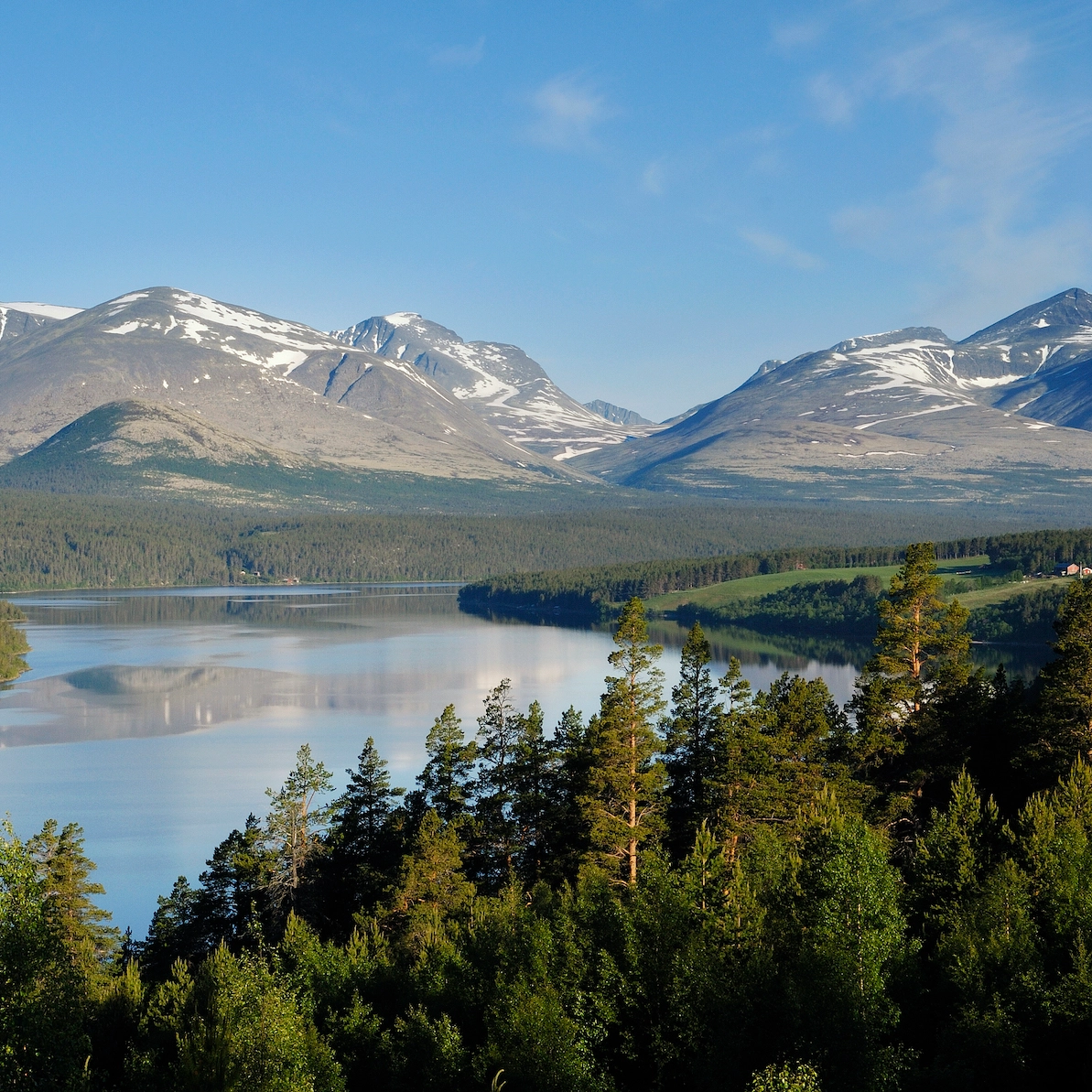
Rondane National Park
Rondane is Norway's first national park, and is still one of the most beautiful with its wide expanse surrounded by mountains, moving glaciers. It is not uncommon to meet herds of wild mountain reindeer while exploring the trails here. The mountain cabin at Rondvassbu, a 6km (1 ½ hour) hike up from the main road, is the starting point for many memorable trips. Peaks such as Storronden, Vinjeronden, Trolltinden and Rondanes highest mountain Rondslottet 2178 m are all accessible with a little effort.
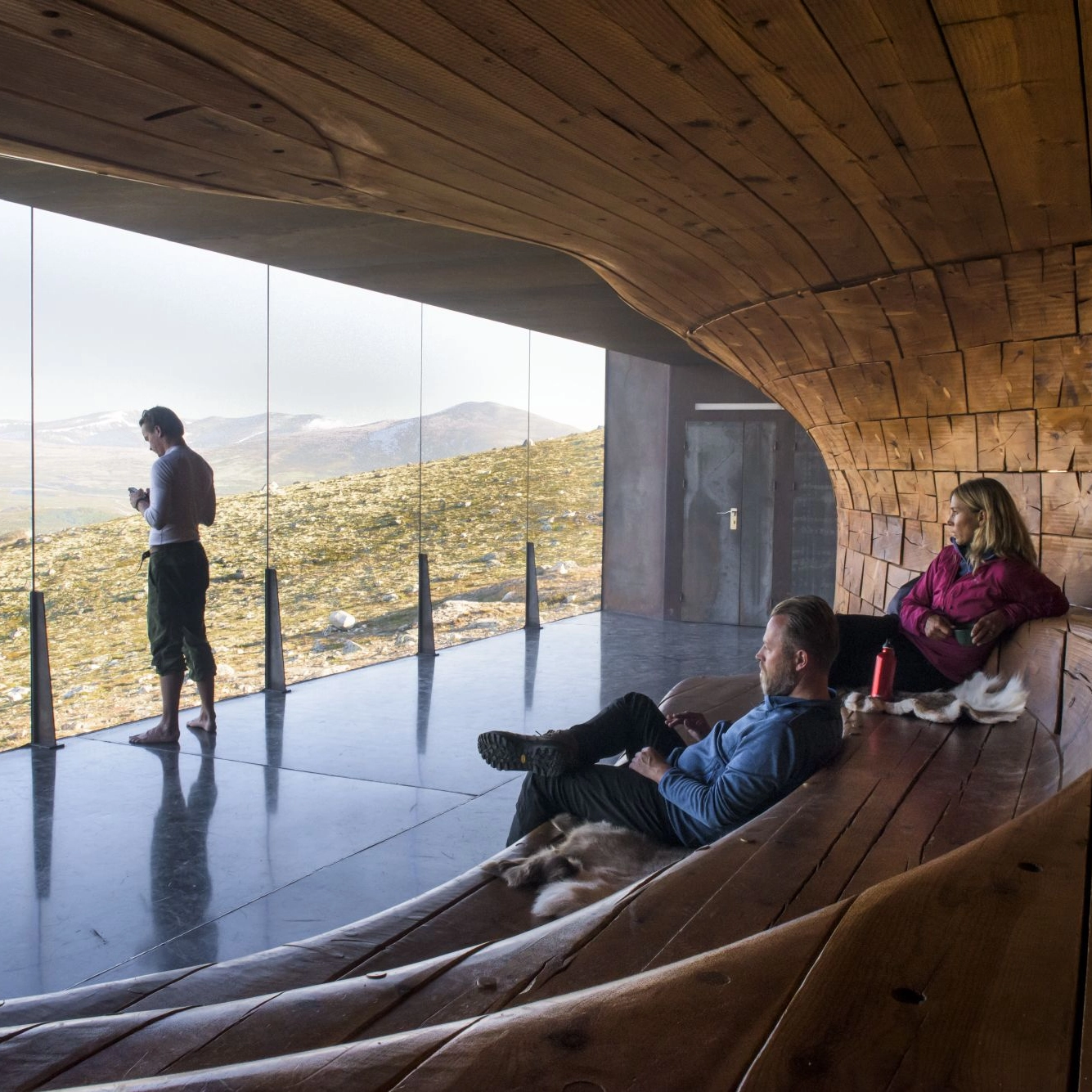
Dovrefjell - Sunndalsfjella National Park
Dovre has even more to offer than soaring mountains. The Highland plains, marshes, and forests are home to some of Norway's most charismatic creatures including moose, wild reindeer, arctic fox, and the fiery wolverine. Still, the most distinctive animal you can see over Dovrefjell is the iconic (but also dangerous) musk ox, which still roams and graze in herds today. Birds love the Fokstumyra ants, with 87 nesting species and 162 resident species making a birdwatchers paradise. The area's most famous mountain is called Snøhetta (2286m) and can be climbed with a six-hour hike.
How to travel in Norway
Scenic Railways
The best way to travel far in Norway is by train. It is relatively inexpensive, environmentally friendly, and not least offers truly unique views.
Bergensbanen
The Bergen Railway runs between Bergen and Oslo, and is Northern Europe's highest railway line. Approximately 100 km of the 500 km long route runs through wild mountain scenery with stunning waterfalls.The Bergen Railway was completed in 1909, and has since revolutionized the life of the small communities along the line allowing trade and tourism to flourish.
Bergensbanen crosses both the Langfjellene and Hardangervidda and Finse is the highest station, 1222 meters above sea level. Travel time from Bergen to Oslo is approx. 7 hours. The route has several times been named one of the world's best rail experiences.

The Flåm Railway
The Flam Railway (Flåmsbana) corresponds to the Bergen Railway and is considered to be one of the most beautiful train journeys in the world. Flam Railway offers panoramic views of the wildest and most awe-inspiring nature in the Norwegian fjord landscape. You will see rivers that cut through deep ravines, waterfalls that fall down the side of steep, snow-capped mountains and mountain farms that cling above dizzying slopes. The 20 km long train ride between Myrdal and Flåm is one of the steepest railway lines in the world.
Flåm Railway makes a photo stop at the beautiful Kjosfossen, a stunning waterfall with a free fall of 93 meters. The twisting tunnels of the railway spiral in and out of the mountain and are a testament to some of the most daring and talented engineering in Norwegian railway history, truly a sight to behold. The end stop for the railway is the small village of Flåm, which lies at the heart of the Aurlandsfjord, an arm on the Sognefjord.
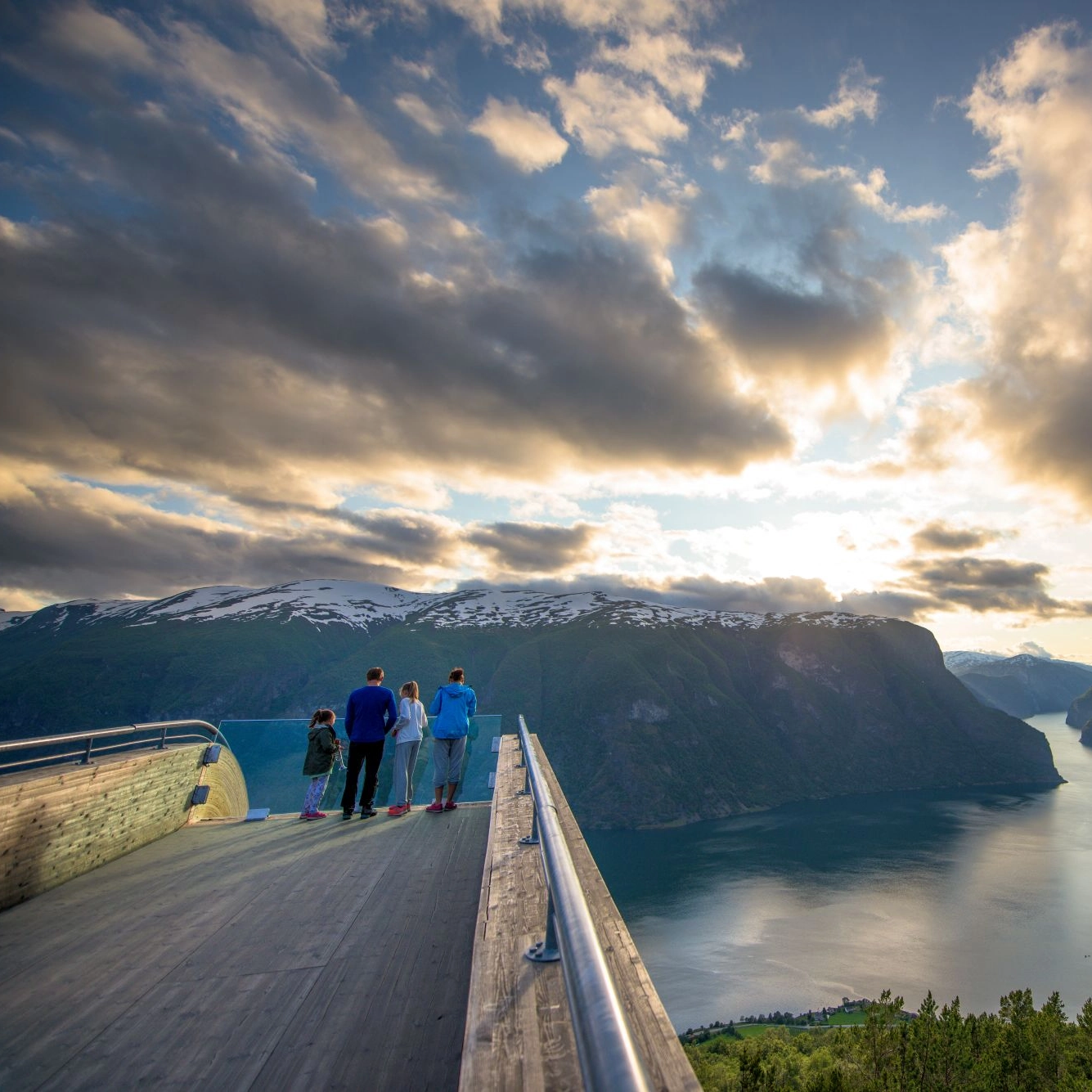
Discover all our tours
Whether you're daydreaming about Norway or ready to book your ticket now, it’s always great to explore your options. The journey starts here with our collections of top tours.
Our most popular activities
We offer activities all over Norway! Whether you want to see the northern lights in Northern Norway, cruise the fjords in Western Norway, or explore our stunning cities, we’ve got you covered! You can either take an activity in combination with one of our Nutshell tours or as a single activity when visiting Norway. Check out our exciting collection!
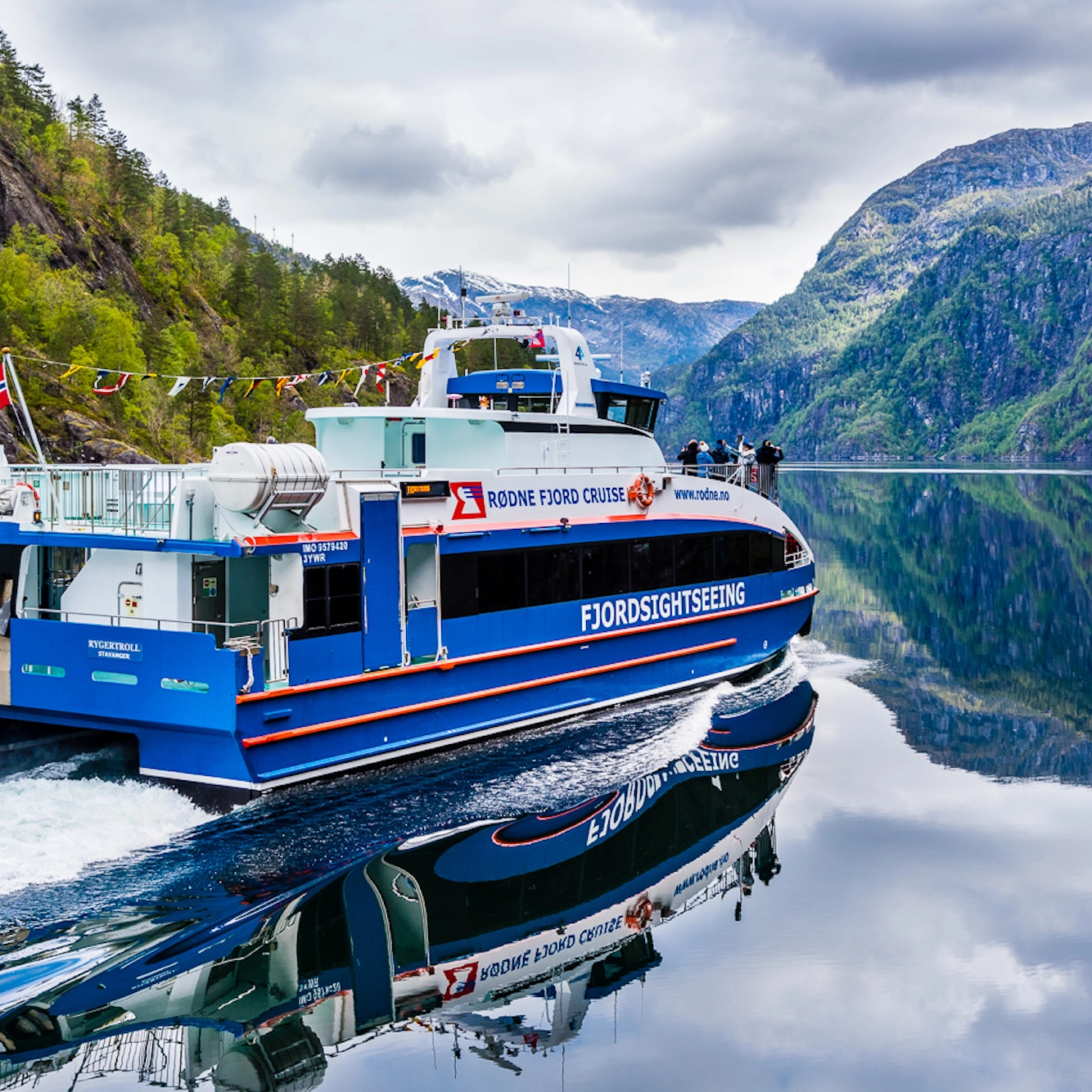
Bestseller
Fjord cruise Bergen to Mostraumen
Bergen Zachariasbryggen
From 850NOK
Available all year

Bestseller
Electric minibus to Stegastein
Flåm • 1 hr 30 min
From 430NOK
Available 1 May - 28 February
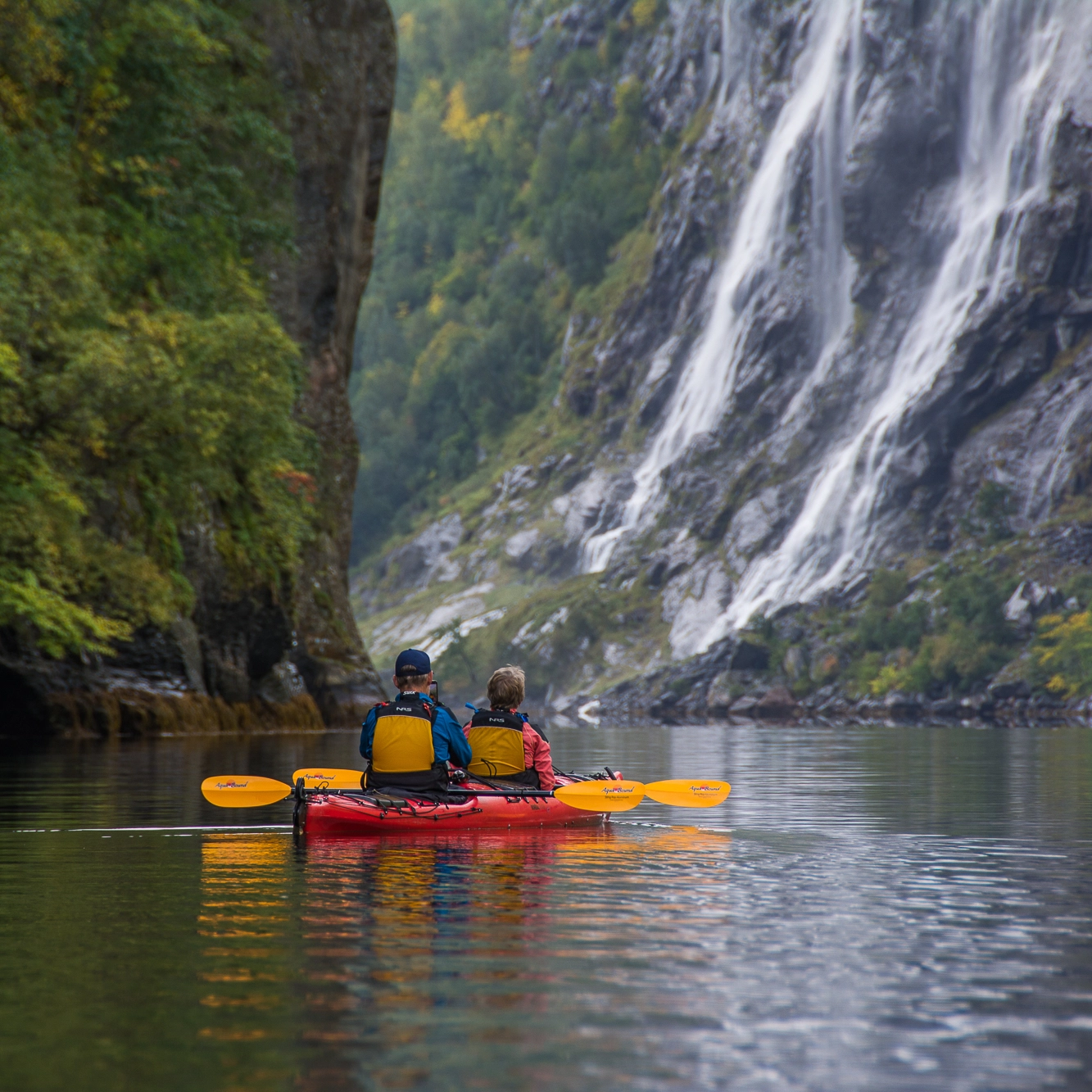
Travelers love this!
4 hour kayak tour towards the "Seven sisters" in Geiranger
Geiranger • 4 hr
From 1465NOK
Available 22 May - 30 September

Travelers love this!
Fishing trip in Bergen
Bergen • 5 hr
From 2190NOK
Available 1 April - 31 October
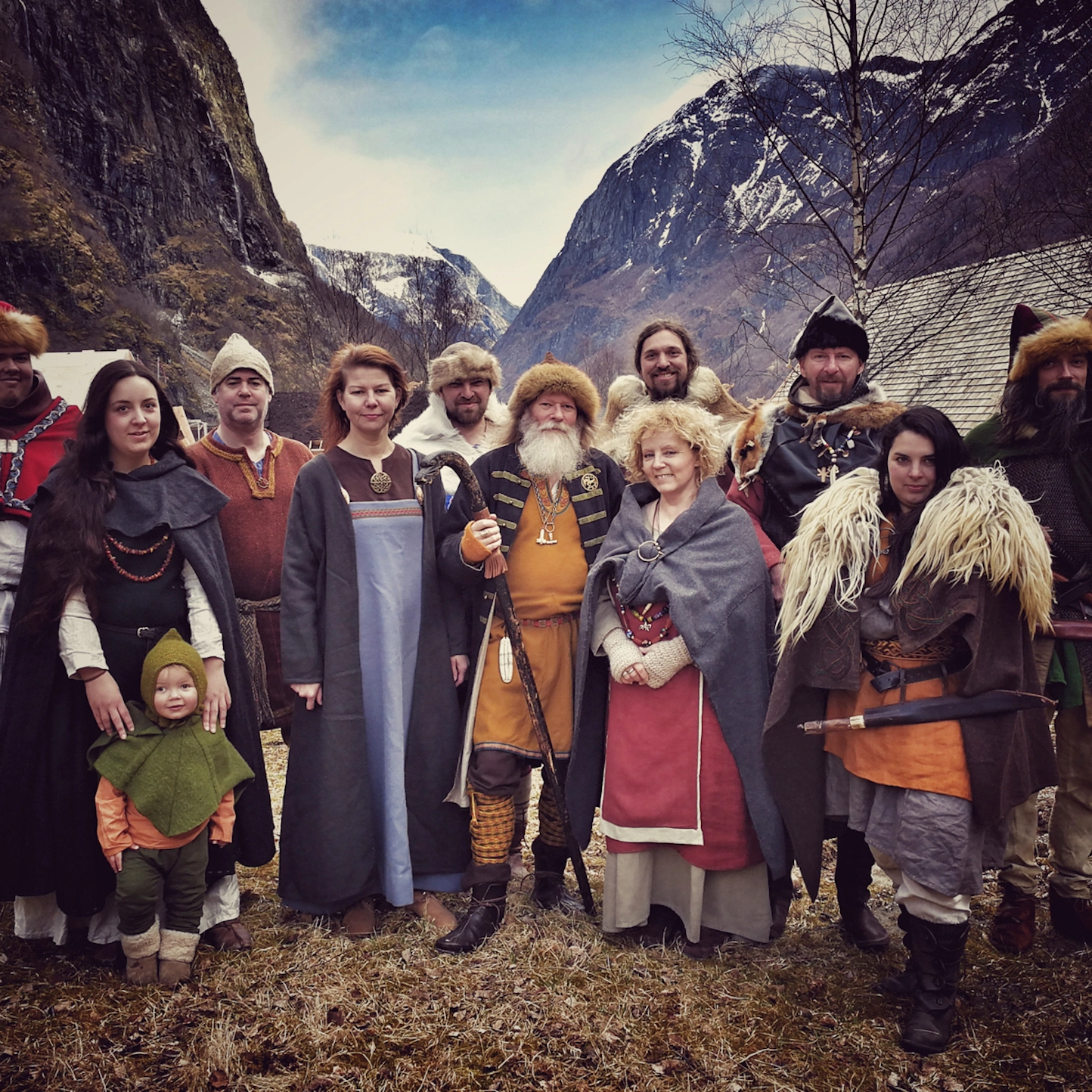
Viking Village Njardarheim in Gudvangen
Gudvangen • 2 hr
From 235NOK
Available all year

Fjord & glacier tour from Balestrand
Balestrand • 4 hr 30 min
From 1450NOK
Available 1 May - 30 September
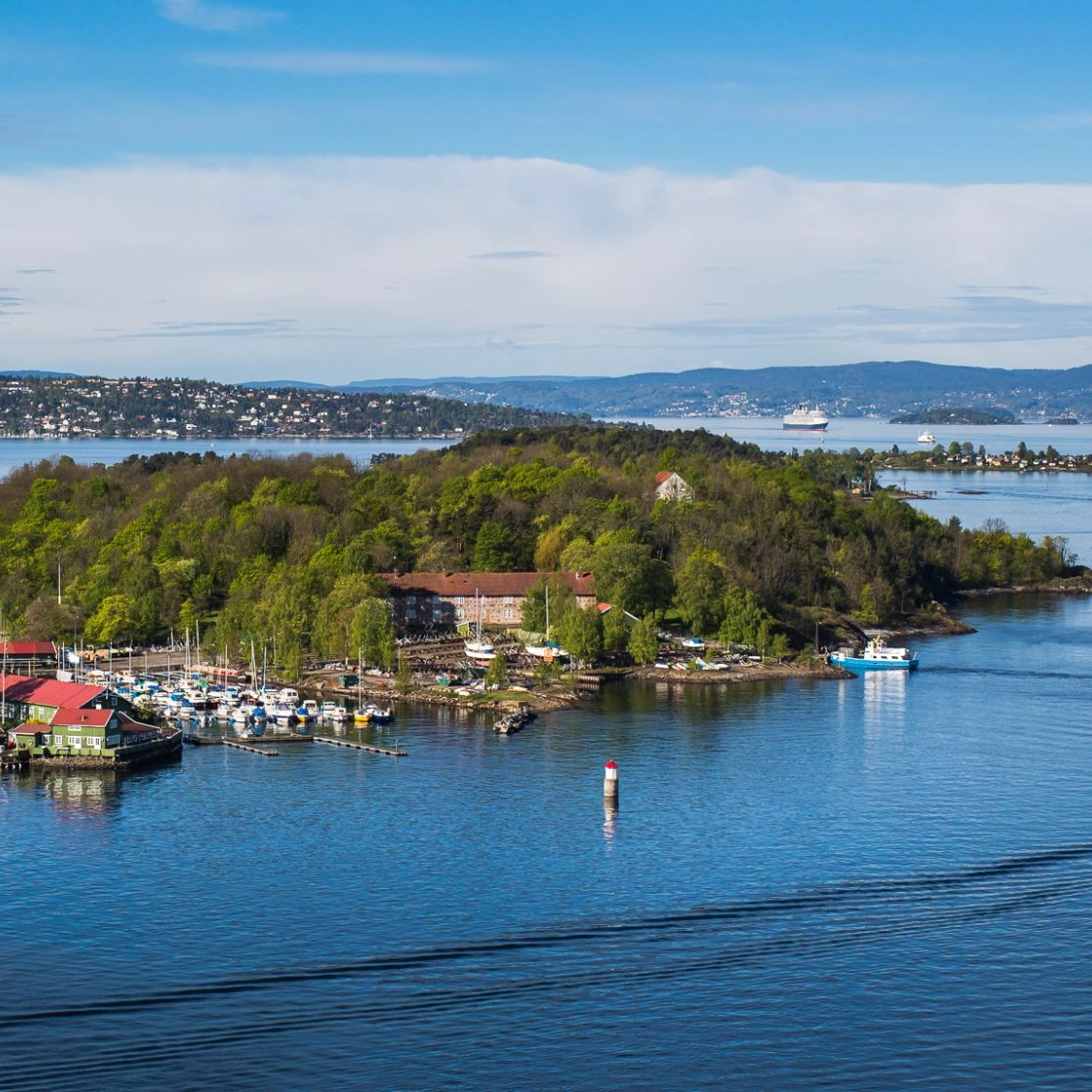
In high demand
Island hopping in Oslo
Oslo • 4 hr 30 min
From 540NOK
Available 1 May - 30 September
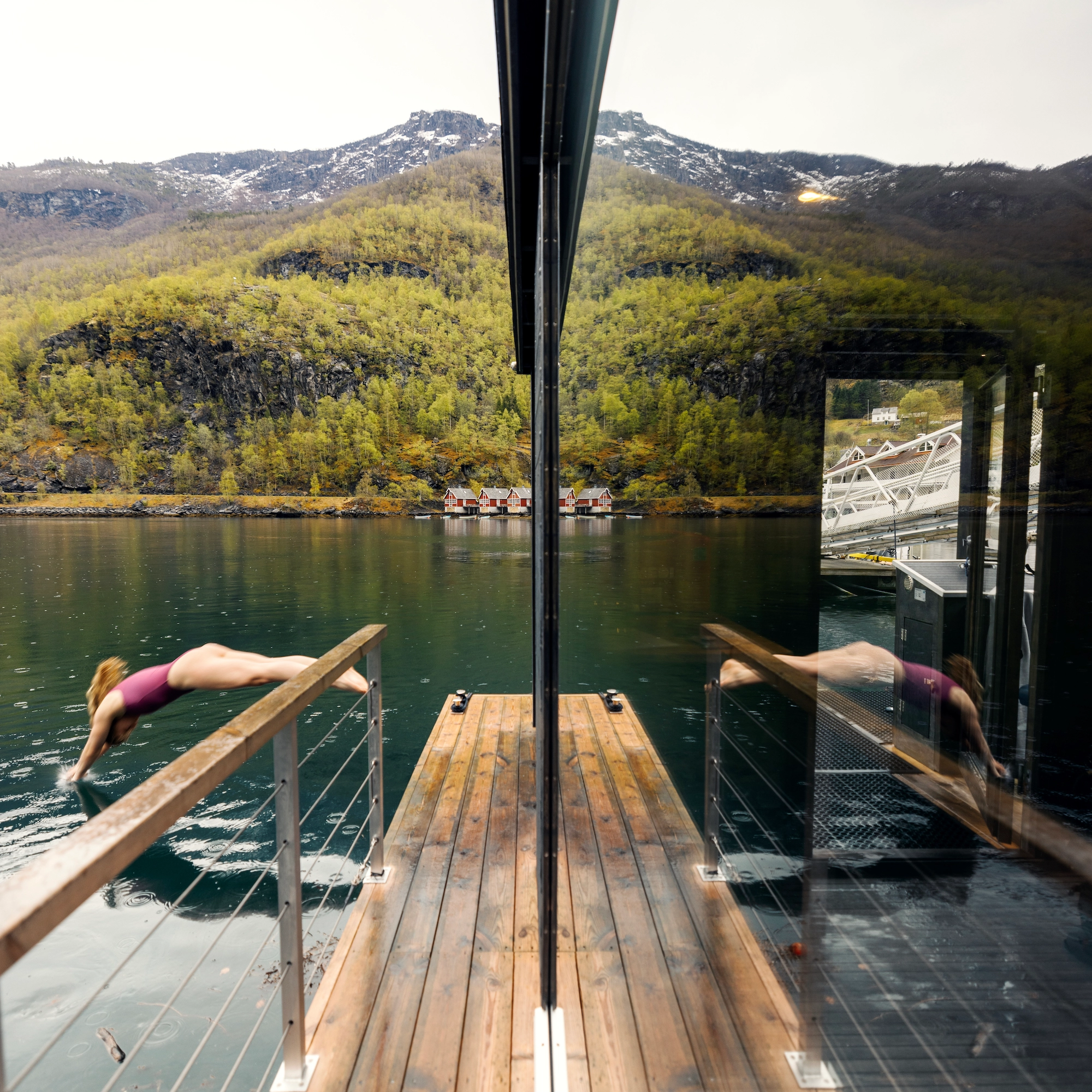
Fjord Sauna in Flåm
Flåm • 1 hr 30 min
From 425NOK
Available all year

Bestseller
Fjord cruise Bergen to Mostraumen
Bergen Zachariasbryggen
From 850NOK
Available all year

Bestseller
Electric minibus to Stegastein
Flåm • 1 hr 30 min
From 430NOK
Available 1 May - 28 February

Travelers love this!
4 hour kayak tour towards the "Seven sisters" in Geiranger
Geiranger • 4 hr
From 1465NOK
Available 22 May - 30 September

Travelers love this!
Fishing trip in Bergen
Bergen • 5 hr
From 2190NOK
Available 1 April - 31 October

Viking Village Njardarheim in Gudvangen
Gudvangen • 2 hr
From 235NOK
Available all year

Fjord & glacier tour from Balestrand
Balestrand • 4 hr 30 min
From 1450NOK
Available 1 May - 30 September

In high demand
Island hopping in Oslo
Oslo • 4 hr 30 min
From 540NOK
Available 1 May - 30 September

Fjord Sauna in Flåm
Flåm • 1 hr 30 min
From 425NOK
Available all year